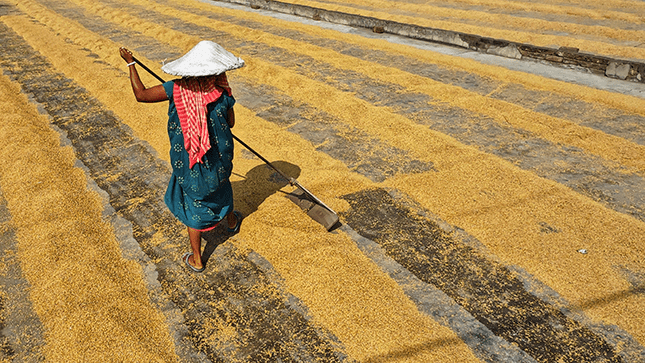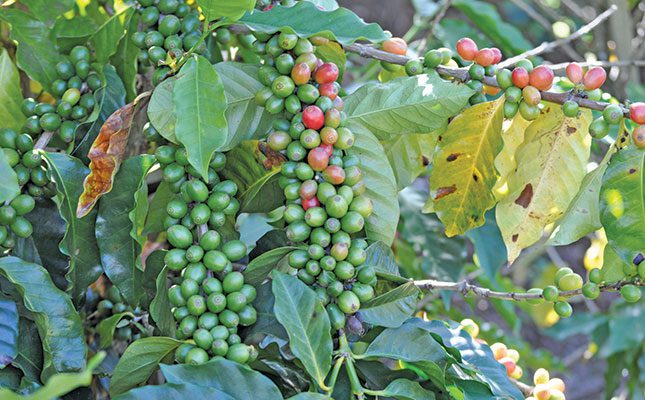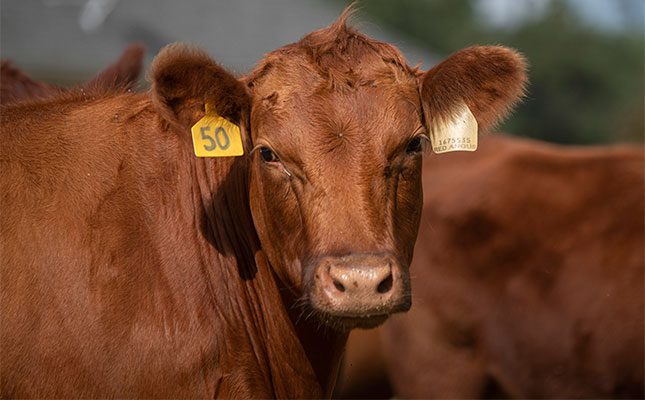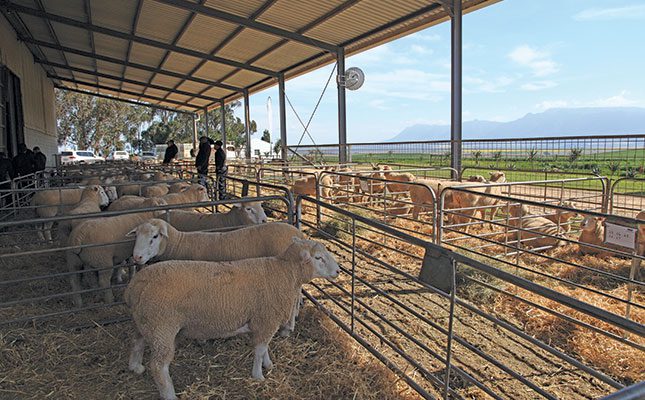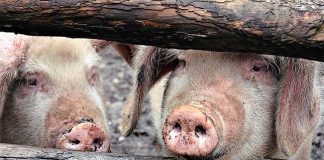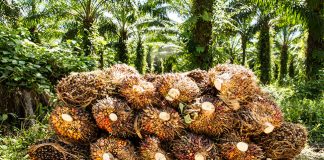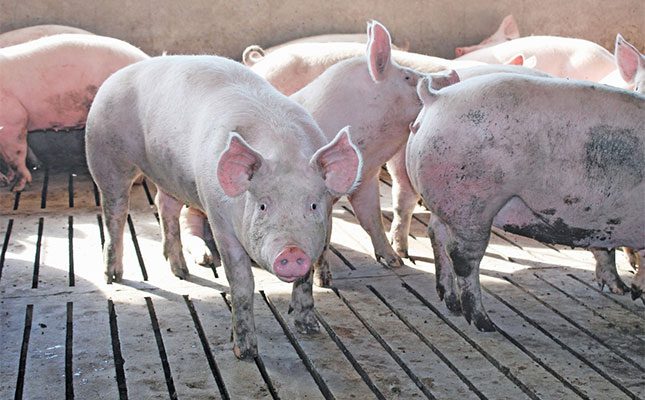
Reuters reported that small breeders and farmers in China were increasingly buying market-ready pigs from large breeders, and fattening them up further for a few months in the hope of realising higher prices when pork prices increased.
In this way, between 40kg and 50kg could be added to an individual animal’s weight. However, industry experts were warning that this could result in large price fluctuations and inefficiencies.
“It can lead to short-term shortages, followed by a glut, driving big price swings and unsettling the market,” according to Pan Chenjun, a senior animal protein analyst at Rabobank.
Chinese regulators were, however, now strictly enforcing the new rules preventing this practice, especially in Guangdong province, Reuters said.
As a result, the country’s top pig breeder, Muyuan Foods, recently confirmed it had stopped sales of pigs to these ‘refatteners’, according to sources close to Reuters.
The practice was reportedly worsening the oversupply situation and resulting in sharp declines in pork prices.
The cash price of pigs had fallen from 21 yuan/kg (R51,75) in August 2024, to just 14 yuan/kg (R34,50) since February this year, which was resulting in weak consumer demand that was eroding margins.
“Pigs are most efficient at around 120kg. Beyond that, they eat more but grow less,” Pan explained.
According to Lin Guofa, a senior analyst at Bric Agriculture Group, pork supply was being boosted when these refattened pigs came onto the market, and as a result, prices fell even further in a market that was already in decline.
He added that a pig weighing 150kg yielded about 42% more pork than a 115kg pig.
Against the backdrop of the ongoing US-China trade war, feed efficiency was also of concern, with the Chinese government endeavouring to reduce grain usage, especially soya bean, which was a key import from the US.



